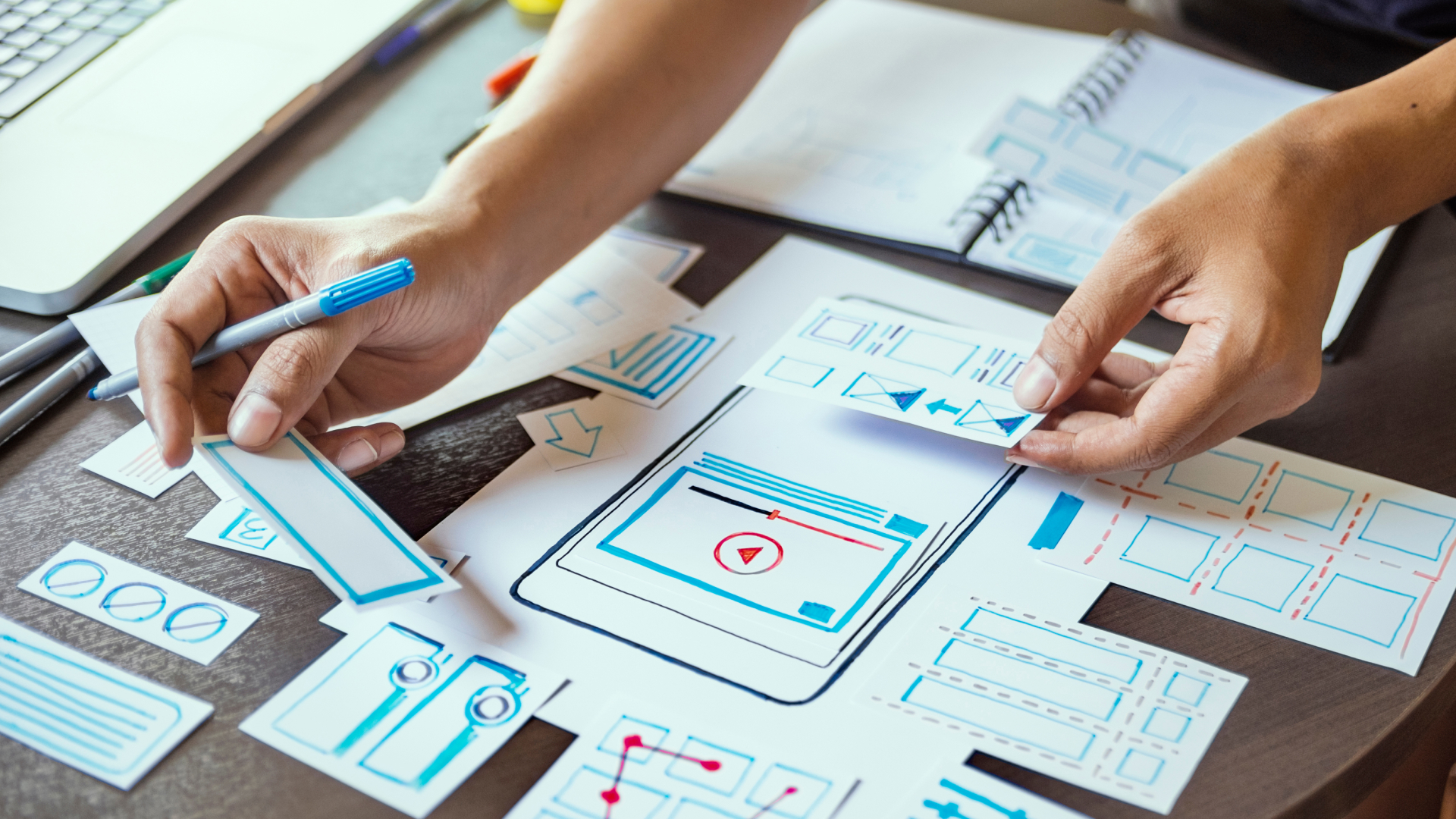
The Lifecycle of Software Product Development

Digital solutions, including applications, are becoming an increasingly basic and necessary element of any thriving business. Current technological possibilities and access to innovative solutions enable the creation of applications for companies from every industry. However, you need to be aware of how important the lifecycle of application development is in this process. What does this mean, and how does it affect application development, its quality, functionality, and competitiveness?
Application development lifecycle—what does it actually mean?
The Application Development Lifecycle (ADLC) is the development of the process and methodology necessary to develop high-quality applications. The whole process consists of several stages and includes comprehensive planning, development, and testing of the application, as well as its implementation if all tests have passed correctly. At each of these stages, it is necessary to take appropriate actions and use the right tools and knowledge resources of the project team.
The goal of ADLC is to create an application that users can successfully use. ADLC is also about good UX and UI, as well as measurable and expected financial, promotional, and marketing results. Creating applications in accordance with the assumptions of ADLC is to enable:
● Effective design of high-quality applications
● Maintaining a reasonable budget
● Minimizing the number of errors requiring correction
● Creating the application within the set time frame
● Implementing of a ready-to-use solution.
The graphic below shows the phases of the Application Development Lifecycle:

Discovery phase—analysis and gathering requirements
The first stage includes gathering the necessary information about the application that the developer will require. This is, for example:
- Information on how many users are going to use the application
- Hardware and software requirements
- What operating system the application should run on
- Whether it should be a Native App or a PWA
- Responsiveness
- Feature mapping
- Competition
- Financial budget and deadlines.
Design phase—app prototype development
The design phase can start when all the information is collected and analyzed. It is extremely important to provide developers with full technical documentation and development requirements necessary to start the design phase.
The design phase is the initial development of the application and the detection of possible deficiencies and errors. UX and UI designers are actively involved in this phase. Often, several versions/skeletons of the application are developed, which can then be quickly modified and adapted in terms of the final appearance of the application.
At this stage, appropriate tools are selected to design the application in terms of its technical parameters, system requirements, and intended use. Further feedback from stakeholders, opinions of the target audience, etc., are also taken into account. Synchronization and integration of the developed application with the software and IT infrastructure used in the company are also considered.
Developers work first on paper drafts, then on their digital release, combine them with several versions of wireframes and propose prototypes to publishers.
Read also: How to develop an app for android and iOS?
Development phase—process of coding
At this stage, developers focus on developing based on a fixed project and create a starting, minimal project (or MVP). There are two stages here.
Front-End Development
Developers are preparing the application interface. It must be user-friendly, increase user involvement, encourage him to interact with and use the application. It must be intuitive to use, responsive, and properly displayed on various devices. Details are refined, such as the choice of fonts, colors, and motion designs are also taken into account.
Back-End Development
This is part of the code that is responsible for the functioning of the application, its performance, and reliability. This programming part refers to the application server.[5]
Quality Assurance and Testing phase
Every project you develop needs to be tested to make sure there are no bugs and that the code works as expected. Catching errors at this stage is possible thanks to unit tests, system tests, integration tests, tests of application compliance with user expectations, etc.
Release and Maintenance phases
The next step is to release the application and make it available in one of the app stores. It must be remembered that this is only the beginning of further development of the application. Maintenance is a long-term phase that requires continuous development and commitment.
Software development lifecycle methodologies: Wrapping up
Lifecycle application development is a process in which the provided data is the basis for development and projects implemented as part of the next step. Therefore, it is extremely important to approach each phase of the ADLC diligently and multifacetedly. When developing an application, remember to stick to its main assumptions and goals that it should meet. Thanks to this, improving its operation will bring measurable results for the entire business.
Are you thinking about designing an application for your business? Perfect, we’re excited to hear about your project! Just send us this short contact form, and our team will handle the rest.
